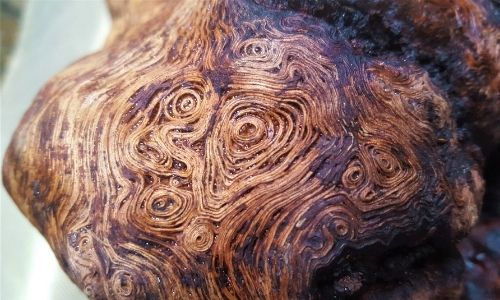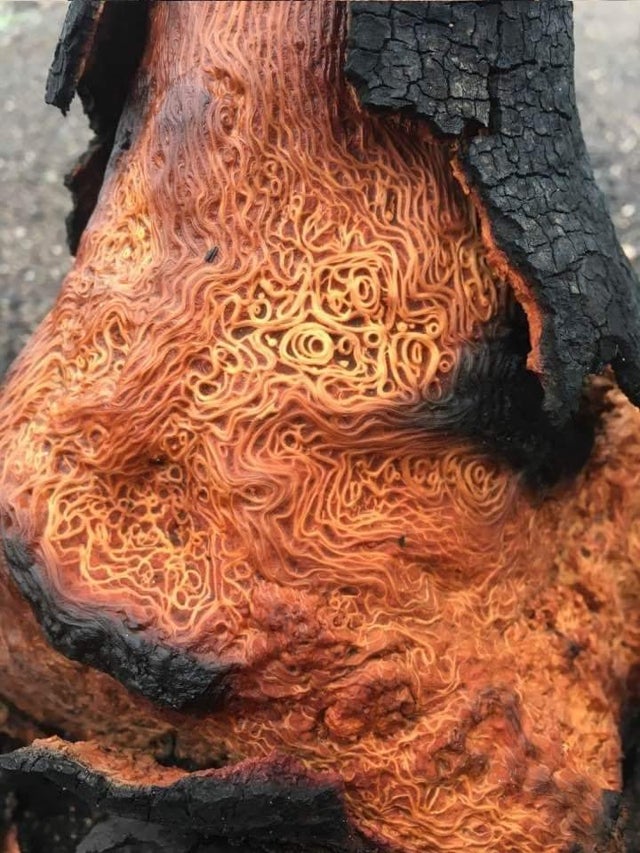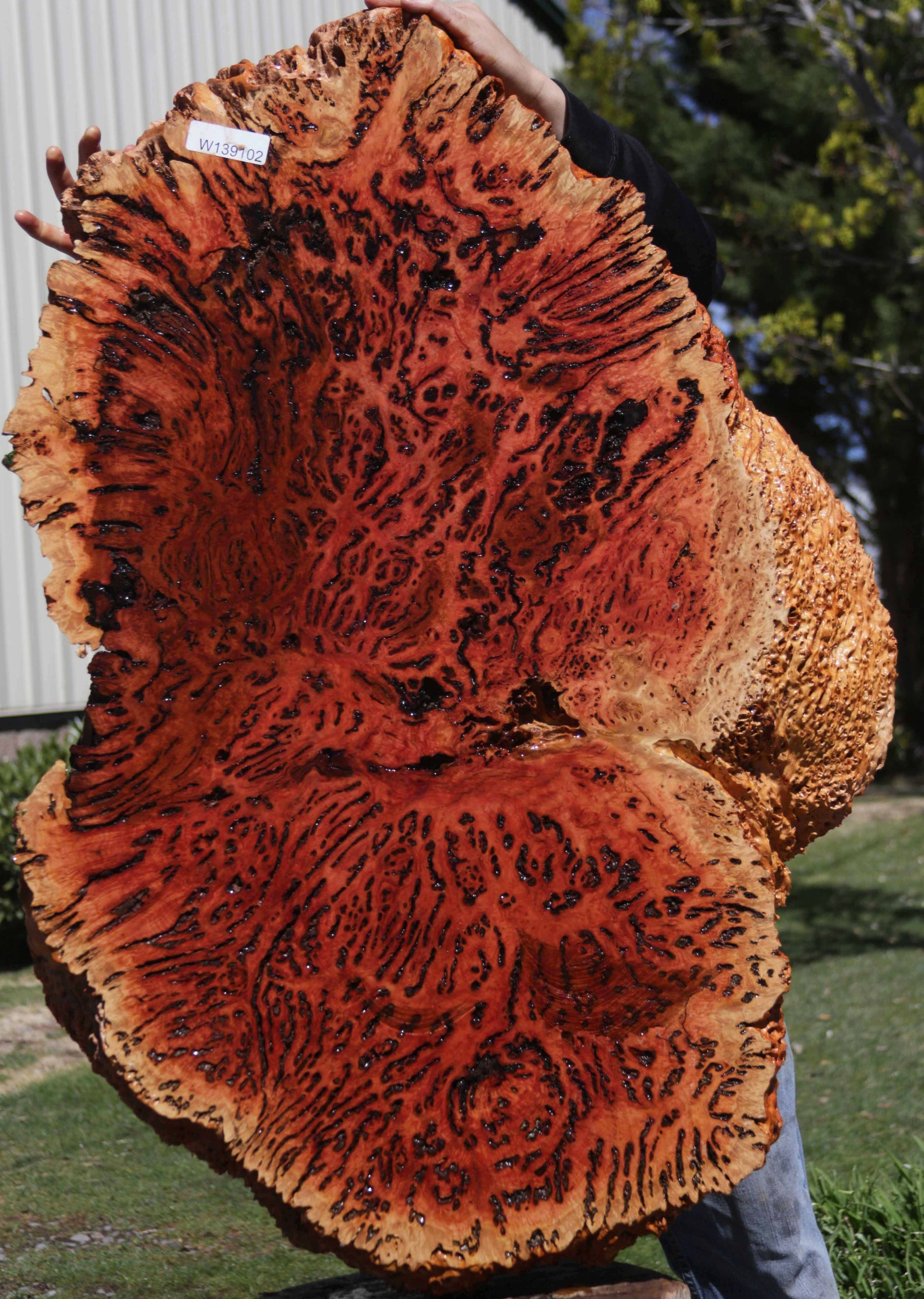In the intricate world of trees, much of the beauty lies beneath the surface. While we often admire the grandeur of a tree’s canopy and the texture of its bark, few take the time to appreciate the complex vascular system that plays a critical role in the tree’s growth and survival. Exposing this vascular system reveals a hidden beauty that showcases the remarkable engineering of nature.
The xylem typically forms the bulk of the tree’s trunk, providing structural support and allowing the tree to grow tall and strong. The phloem, located just beneath the bark, plays a crucial role in nourishment and energy distribution. This dual system is not only vital for the tree’s health but also showcases a stunning array of patterns and textures when exposed.
This process of exposure can be done in various ways, including cross-sectional cuts that reveal the rings of growth or longitudinal cuts that display the flowing patterns of vascular tissues. Each method highlights the unique characteristics of the tree, allowing observers to appreciate the complexity of its design.
Additionally, these representations can serve as a reminder of the interconnectedness of all living things. Just as the vascular system sustains a tree, so too do all forms of life depend on one another for survival.